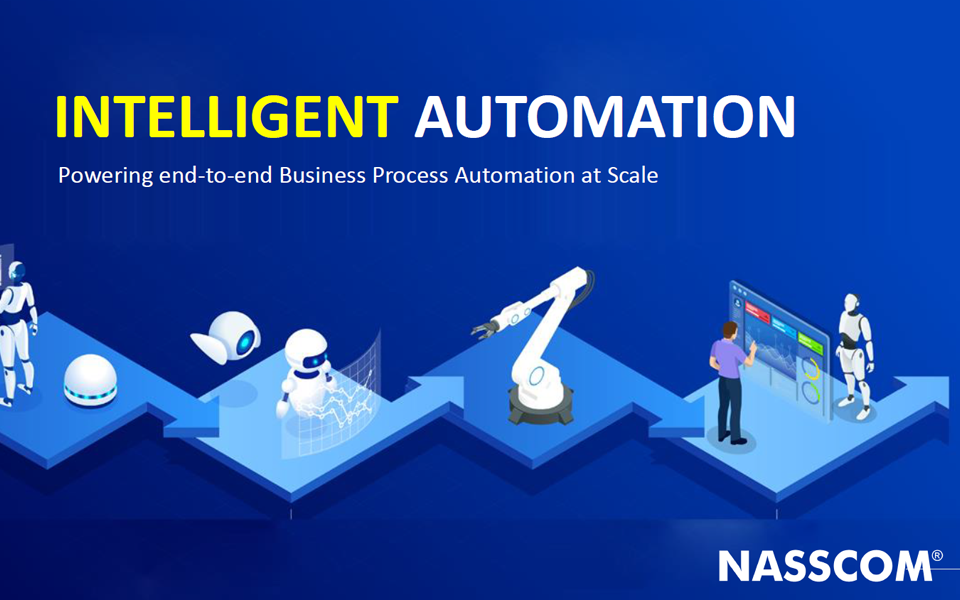In the wake of the COVID-19 pandemic, small and medium-sized businesses (SMBs) face an unprecedented landscape that demands more than just mechanical automation of processes. With the substantial increase in the volume of data generated by digital operations, leveraging intelligent technologies has become essential. The challenge lies not only in managing this data, often unstructured and complex, but also in harnessing it strategically to improve overall operational efficiency, reduce costs, and foster closer engagement with customers.
Artificial Intelligence (AI) plays a significant role in transforming traditional business operations into intelligent automated workflows. Technologies such as Machine Learning (ML), Computer Vision, and Natural Language Processing (NLP) empower businesses to anticipate outcomes, identify patterns, enhance customer experience, and personalize offerings. For SMBs looking to navigate this landscape, implementing automation effectively can lead to enhanced productivity, improved customer satisfaction, and ultimately, a higher return on investment (ROI).
To start, SMB leaders should identify specific areas in their operations where automation can yield tangible benefits. One practical approach could be streamlining customer service. By deploying chatbots powered by NLP, businesses can provide immediate responses to customer inquiries, thereby improving service levels while reducing manpower costs. Platforms like Zapier or Make can facilitate the integration of chatbots with existing systems, automating responses based on customer queries. Setting up such a system involves mapping out common questions and responses, selecting a suitable chatbot application, and gradually integrating it into your existing customer relationship management (CRM) system.
Next, consider harnessing ML algorithms to analyze sales trends and customer behaviors. Establishing a system that tracks performance metrics and customer interactions can reveal insights that inform business strategies. SMBs can utilize platforms that offer ML capabilities as a service, which often come with user-friendly interfaces that don’t require deep technical knowledge. By feeding historical sales data into these platforms, businesses can generate predictive models that forecast future sales patterns. This predictive capability allows for smarter inventory management and targeted marketing efforts.
Another area ripe for automation is data analysis. Text and image analytics can be revolutionized through the use of computer vision and NLP. SMBs can leverage AI tools to analyze customer feedback, social media interactions, and other unstructured data to gauge customer sentiment. By aggregating and analyzing this data using tools like Google Cloud Vision or IBM Watson, businesses can extract valuable insights to adapt their strategies more effectively. Setting up this system involves defining specific goals for sentiment analysis, selecting an appropriate AI tool, and training the system with relevant datasets.
While these opportunities present exciting prospects, SMB leaders should also be mindful of the risks associated with automation. One of the largest concerns is the potential for data security breaches. As more systems become interconnected, the risk of exposing sensitive information increases. It is crucial to implement robust security measures, ensuring compliance with regulations like the GDPR along the way. Regular audits and incorporating strong access controls will be necessary to safeguard company and customer data.
Moreover, the human element cannot be overlooked. As automation becomes more integrated into daily operations, companies must address workforce concerns, including potential job displacement and reduced morale. Clear communication is paramount. Involving employees in the transition process, providing training on new tools, and emphasizing the benefits of automation in enhancing job functions are steps that can smooth the changeover. Ensuring a collaborative approach can foster an environment where both the physical and digital workforce coexist harmoniously.
To measure the effectiveness of these automation efforts, SMBs need to establish clear KPIs that align with their strategic objectives. Metrics could include time saved on specific tasks, improvement in customer satisfaction scores, and reduction in operational costs. Regularly reviewing these metrics allows businesses to assess the ROI of their automation initiatives and make necessary adjustments.
Implementing automation doesn’t require massive upfront investments, especially with the myriad of accessible tools available. Start small, focusing on one or two areas of operations that would benefit most from automation. As your team becomes more comfortable with these tools, you can gradually expand your automation efforts, leveraging the data and insights gained from initial implementations.
In conclusion, the adoption of AI-driven automation can significantly enhance the operational efficiency of SMBs while providing critical advantages in customer engagement strategies. The key is to adopt a methodical and strategic approach—leveraging the tools available, integrating them thoughtfully into existing workflows, and continuously evaluating their impact.
FlowMind AI Insight: By navigating the automation landscape judiciously, SMBs can unlock new levels of efficiency and adaptability, ultimately redefining their operational capabilities in a post-pandemic world. Effective implementation of AI can serve as a cornerstone for sustainable growth, ensuring businesses remain agile and customer-centric.
Original article: Read here
2025-08-19 11:55:00

